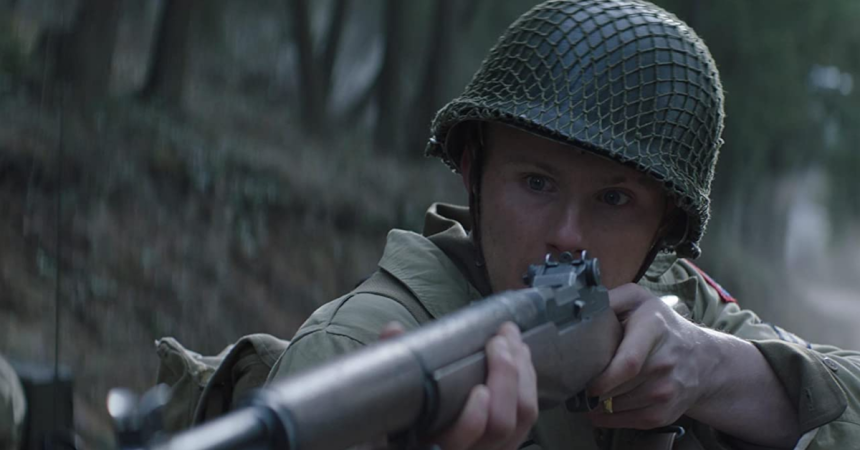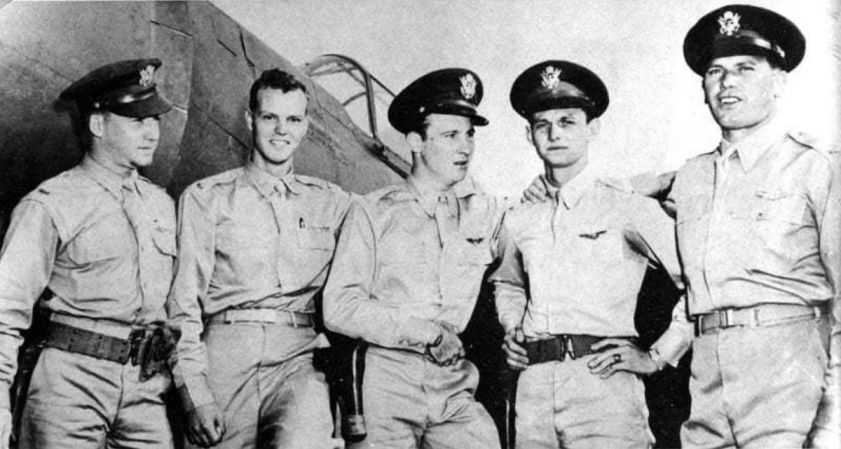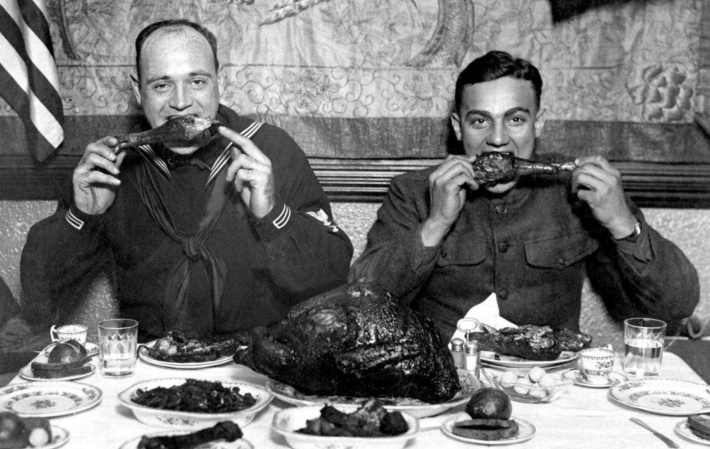The Joint Direct Attack Munition gets a lot of attention for its ability to strike within 30 feet of a target, no matter what the weather is like. But with all that attention, other bombs get short shrift it seems. Take, for instance, the cluster bomb.

The German SD2 bore a resemblance to a butterfly, getting the nickname “Butterfly bomb.”
(U.S. Army)
JDAMs can’t do everything
The truth is that cluster bombs can do things that JDAMs simply can’t. In fact, the bombs are so useful that, this past December, Secretary of Defense James Mattis decided to reverse the Obama Administration’s plan to ditch these valuable weapons. Despite recent controversy and efforts to ban their use, systems like these have been around for decades.

The CBU-103 is a modern cluster bomb, able to hit within 85 feet of its aimpoint with 202 BLU-97 submunitions from 10 miles away.
(U.S. Air Force)
Germany’s lethal “butterflies”
Cluster bombs first saw widespread use by both sides in World War II. The Germans used a version called the “Butterfly bomb,” also known as the SD2, which carried a number of “bomblets,” or four-and-a-half-pound submunitions. One attack in 1943 on British cities used over 3,000 of these bombs — some were set to go off immediately, others had a delayed detonation.
The system proved effective, so the United States made copies of that bomb: the M28 (100lbs) and the M29 (500lbs). The Americans added a proximity fuse to some of the bomblets, making them even more devastating to troops caught in the open.
Modern cluster bombs are more lethal
Today, modern cluster bombs, like the CBU-97, make attack planes like the F-15E Strike Eagle or strategic bombers like the B-1B Lancer capable of wiping out dozens of tanks in a single pass. Other cluster bombs opt to replace the boom with the ability to knock out a country’s electrical grid.


























